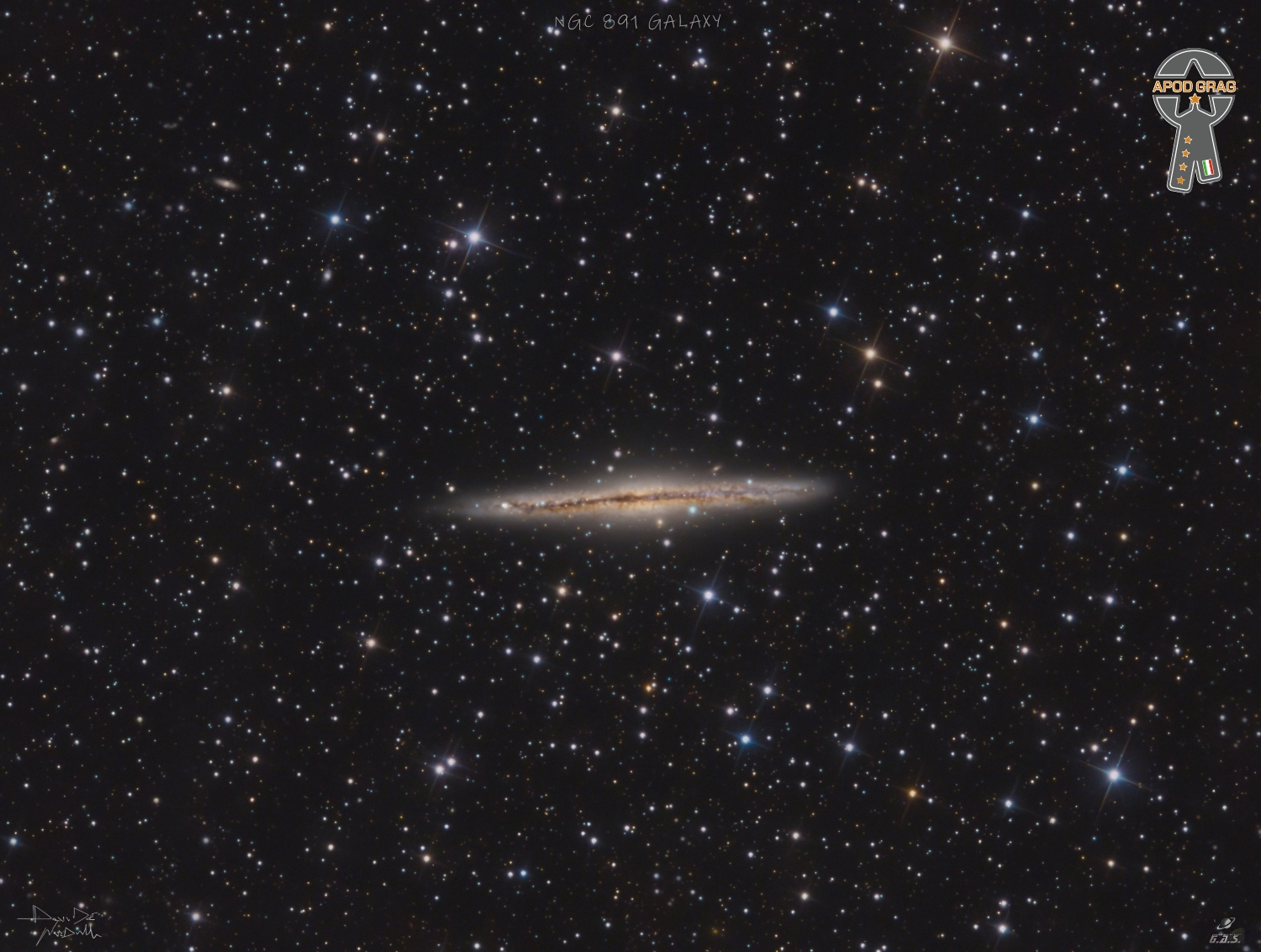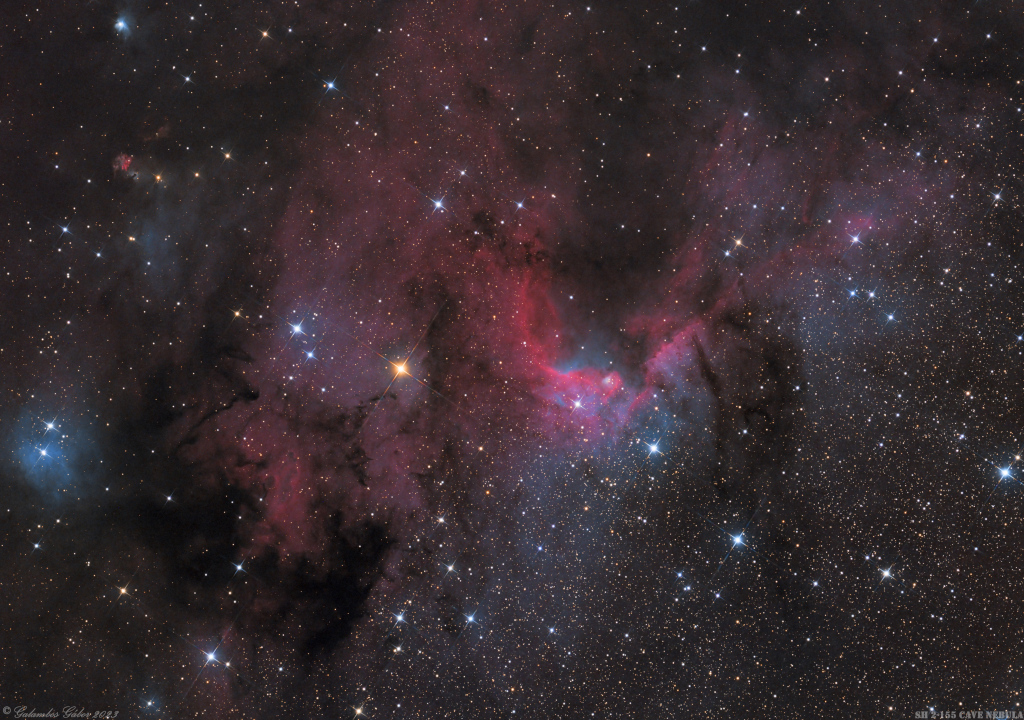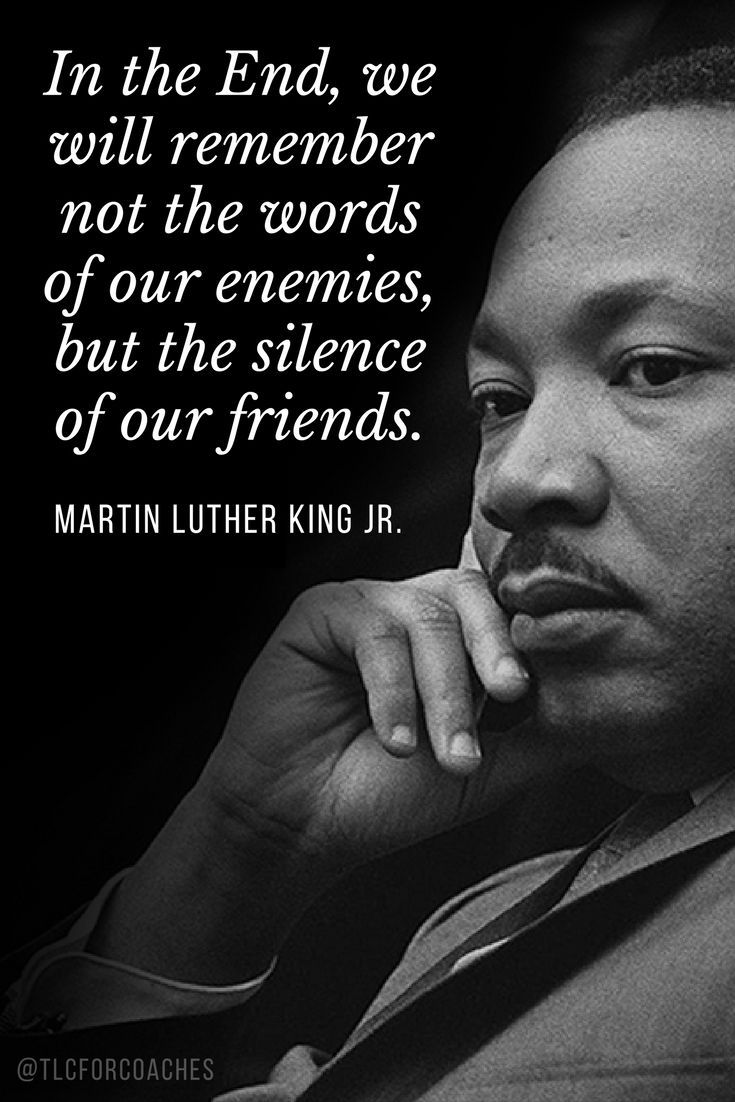Ronald Shannon Jackson (January 12, 1940 – October 19, 2013) was an American jazz drummer from Fort Worth, Texas. A pioneer of avant-garde jazz, free funk, and jazz fusion, he appeared on over 50 albums as a bandleader, sideman, arranger, and producer. Jackson and bassist Sironeare the only musicians to have performed and recorded with the three prime shapers of free jazz: pianist Cecil Taylor, and saxophonists Ornette Coleman and Albert Ayler.
see full post...George M. Duke (January 12, 1946 – August 5, 2013 San Rafael, CA) was an American keyboardist, composer, singer-songwriter and record producer. He worked with numerous artists as arranger, music director, writer and co-writer, record producer and as a professor of music. He first made a name for himself with the album The Jean-Luc Ponty Experience with the George Duke Trio. He was known primarily for 32 solo albums, of which A Brazilian Love Affair from 1979 was his most popular, as well as for his collaborations with other musicians, particularly Frank Zappa.
see full post...James Columbus “Jay” McShann(January 12, 1916 – December 7, 2006 Muskogee, OK) was an American jazz pianist, vocalist, composer, and bandleader. He led bands in Kansas City, Missouri, that included Charlie Parker, Bernard Anderson, Walter Brown, and Ben Webster.
see full post...José Arcadio Limón (January 12, 1908 – December 2, 1972) was a dancer and choreographer from Culiacán, Mexico and who developed what is now known as ‘Limón technique’. In the 1940s, he founded the José Limón Dance Company (now the Limón Dance Company), and in 1968 he created the José Limón Foundation to carry on his work.
see full post...Fred McDowell (January 12, 1904 – July 3, 1972 Roseville, TN) known by his stage name Mississippi Fred McDowell, was an American singer, songwriter and guitarist.
see full post...NGC 891 (also known as Caldwell 23, the Silver Sliver Galaxy, and the Outer Limits Galaxy) is an edge-on unbarred spiral galaxy about 30 million light-years away in the constellation Andromeda. It was discovered by William Herschel on October 6, 1784. The galaxy is a member of the NGC 1023 groupof galaxies in the Local Supercluster. It has an H II nucleus.
The object is visible in small to moderate size telescopes as a faint elongated smear of light with a dust lane visible in larger apertures.

Lee Mack Ritenour (born January 11, 1952) is an American jazz guitarist who has been active since the late 1960s.
Ritenour was born on January 11, 1952, in Los Angeles, California, United States. At the age of eight he started playing guitar and four years later decided on a career in music. When he was 16 he played on his first recording session with the Mamas & the Papas. He developed a love for jazz and was influenced by guitarist Wes Montgomery. At the age of 17 he worked with Lena Horne and Tony Bennett. He studied classical guitar at the University of Southern California.
Ritenour’s solo career began with the album First Course (1976), a good example of the jazz-funk sound of the 1970s, followed by Captain Fingers, The Captain’s Journey (1978), and Feel the Night (1979).
see full post...Slim Harpo (born James Isaac Moore; January 11, 1924 – January 31, 1970) was an American bluesmusician, a leading exponent of the swamp blues style, and “one of the most commercially successful blues artists of his day”. He played guitar and was a master of the blues harmonica, known in blues circles as a “harp”. His most successful and influential recordings included “I’m a King Bee” (1957), “Rainin’ in My Heart” (1961), and “Baby Scratch My Back” (1966), which reached number one on Billboard‘s R&B chart and number 16 on its broader Hot 100 singles chart.
Moore was born in Lobdell, Louisiana, the eldest child in his family. After his parents died he worked as a longshoreman and construction worker in New Orleans in the late 1930s and early 1940s. Influenced in style by Jimmy Reed, he began performing in Baton Rouge bars using the name “Harmonica Slim”, and also accompanied his brother-in-law Lightnin’ Slim in live performances.
With his first scheduled tour of Europe and recording sessions already planned, “one of the cleanest living bluesmen of his era” died suddenly of a heart attack in Baton Rouge in January 1970 just 20 days after his 46th birthday. He was buried in Mulatto Bend Cemetery in Port Allen, Louisiana.
see full post...
This colorful skyscape spans about three full moons across nebula rich starfields along the plane of our Milky Way Galaxy toward the royal northern constellation Cepheus. Near the edge of the region’s massive molecular cloud some 2,400 light-years away, bright reddish emission region Sharpless (Sh)2-155 is at the center of the frame, also known as the Cave Nebula. About 10 light-years across the cosmic cave’s bright walls of gas are ionized by ultraviolet light from the hot young stars around it. Dusty bluish reflection nebulae, like vdB 155 at the left, and dense obscuring clouds of dust also abound on the interstellar canvas. Astronomical explorations have revealed otherdramatic signs of star formation, including the bright reddish fleck of Herbig-Haro (HH) 168. At the upper left in the frame, the Herbig-Haro object emission is generated by energetic jets from a newborn star.

James Joseph Croce (‘kroʊtʃi/) (January 10, 1943 – September 20, 1973) was an American folk and rock singer-songwriter. Between 1966 and 1973, he released five studio albums and numerous singles. During this period, Croce took a series of odd jobs to pay bills while he continued to write, record, and perform concerts. After Croce formed a partnership with songwriter and guitarist Maury Muehleisen in the early 1970s, his fortunes turned. Croce’s breakthrough came in 1972, his third album, You Don’t Mess Around with Jim, produced three charting singles, including “Time in a Bottle“, which reached No. 1 after Croce died. The follow-up album, Life and Times, included the song “Bad, Bad Leroy Brown“, which was the only No. 1 hit he had during his lifetime.
On September 20, 1973, at the height of his popularity and the day before the lead single to his fifth album I Got a Name was released, Croce and five others died in a plane crash. His music continued to chart throughout the 1970s following his death. Croce’s wife and early songwriting partner, Ingrid, continued to write and record after his death, and their son, A. J. Croce, became a singer-songwriter in the 1990s.
Croce was born on January 10, 1943, (although some sources say 1942) in South Philadelphia, Pennsylvania, to James Albert Croce (1914–1972) and Flora Mary (Babusci) Croce (1913–2000), Italian Americans whose parents had immigrated from Trasacco and Balsorano in Abruzzo and Palermo in Sicily. On the night of Thursday, September 20, 1973, during Croce’s Life and Times tour, which had been scheduled for 45 dates, and the day before his ABC single “I Got a Name” was released, Croce and five others were killed when their chartered Beechcraft E18S crashed into a tree during takeoff from the Natchitoches Regional Airport in Natchitoches, Louisiana. Croce was 30 years old.
see full post...
Mike Stern (born January 10, 1953) is an American jazz guitarist. After playing with Blood, Sweat & Tears, he worked with drummer Billy Cobham, then with trumpeter Miles Davis from 1981 to 1983 and again in 1985. He then began a solo career, releasing more than a dozen albums.
Stern was named Best Jazz Guitarist of 1993 by Guitar Player magazine. At the Festival International de Jazz de Montréal in June 2007, he was given the Miles Davis Award, which was created to recognize internationally acclaimed jazz artists whose work has contributed significantly to the renewal of the genre. In 2009 Stern was listed on Down Beat‘s list of 75 best jazz guitarists of all time. He received Guitar Playermagazine’s Certified Legend Award on January 21, 2012.
Stern was born Michael Sedgwick in Boston, Massachusetts, the son of Helen Stern (née Helen Phillips Burroughs), a sculptor and art patron, and Henry Dwight Sedgwick V. His adoptive stepfather was Philip M. Stern, the son of businessman Edgar B. Stern Sr. His half-sister is actress Kyra Sedgwick. Stern is married to guitarist and vocalist Leni Stern.
see full post...Maxwell Lemuel Roach (January 8/10, 1924 – August 16, 2007) was an American jazz drummer and composer. A pioneer of bebop, he worked in many other styles of music, and is generally considered one of the most important drummers in history. He worked with many famous jazz musicians, including Clifford Brown, Coleman Hawkins, Dizzy Gillespie, Charlie Parker, Miles Davis, Duke Ellington, Thelonious Monk, Abbey Lincoln, Dinah Washington, Charles Mingus, Billy Eckstine, Stan Getz, Sonny Rollins, Eric Dolphy, and Booker Little. He also played with his daughter Maxine Roach, Grammy nominated Violist. He was inducted into the DownBeat Hall of Fame in 1980 and the Modern Drummer Hall of Fame in 1992.
In the mid-1950s, Roach co-led a pioneering quintet along with trumpeter Clifford Brown. In 1970, he founded the percussion ensemble M’Boom. He made numerous musical statements relating to the civil rights movement.Early life and career
Max Roach was born to Alphonse and Cressie Roach in the Township of Newland, Pasquotank County, North Carolina, which borders the southern edge of the Great Dismal Swamp.
see full post...